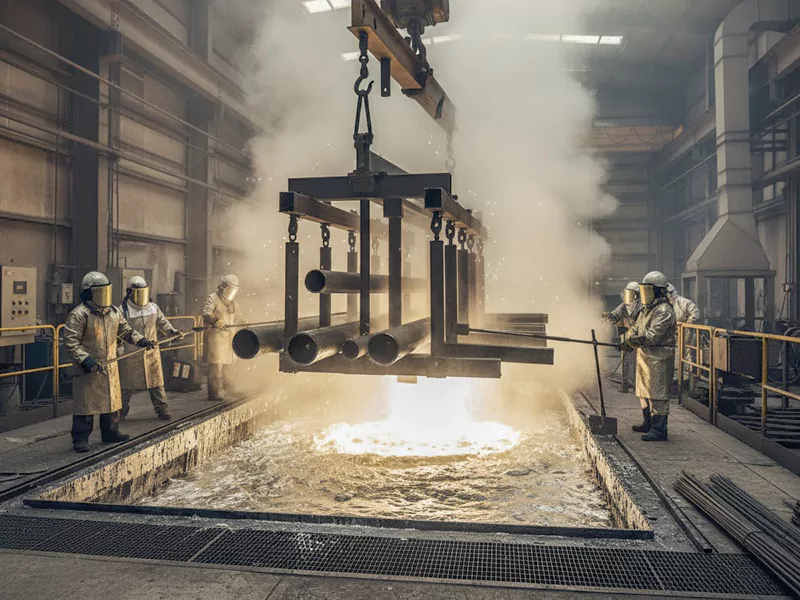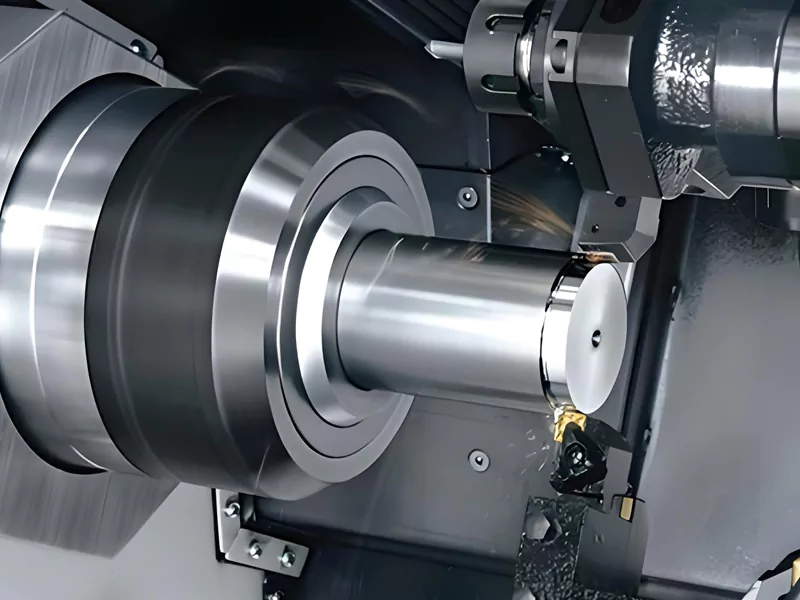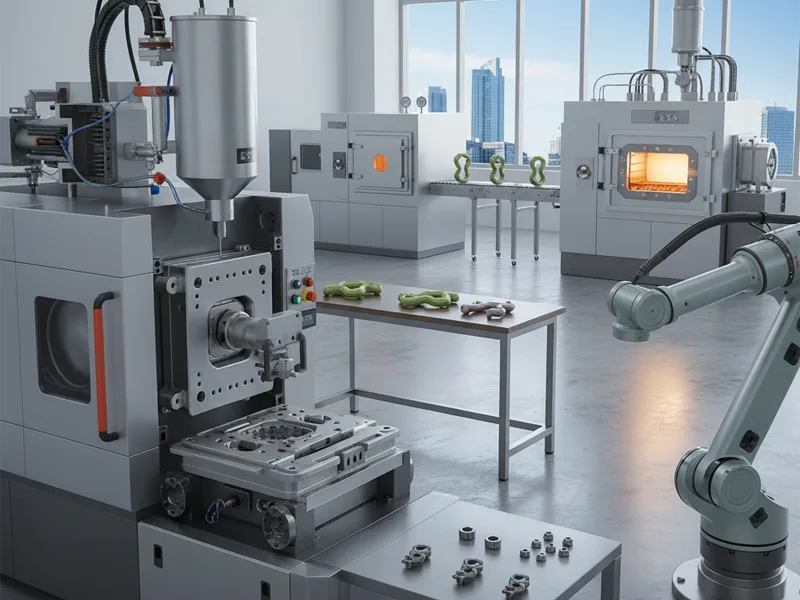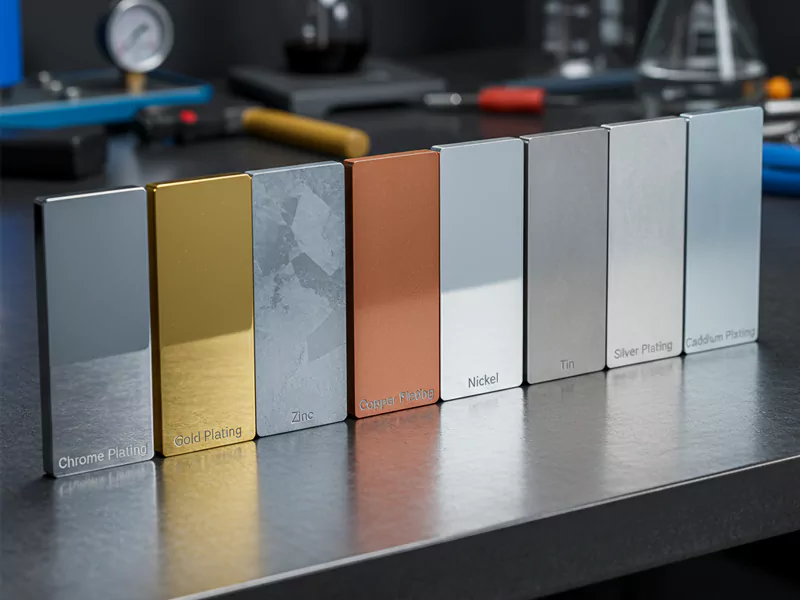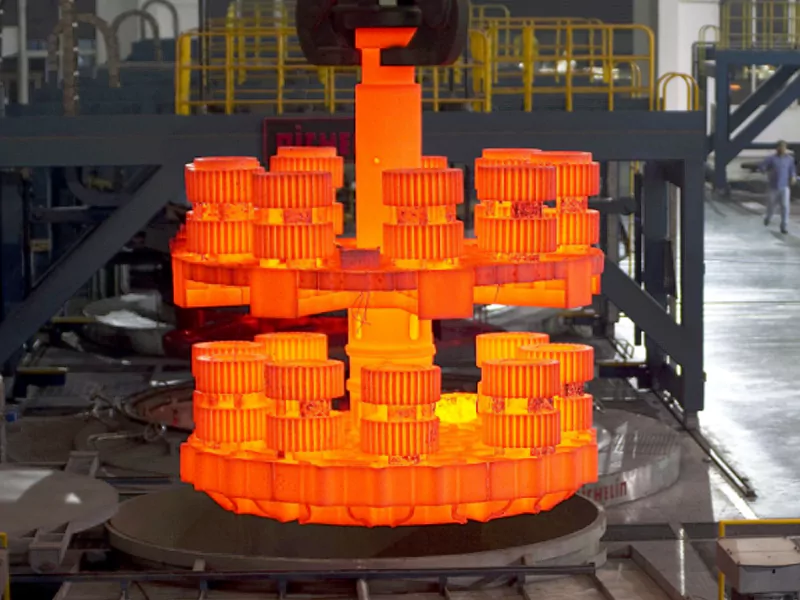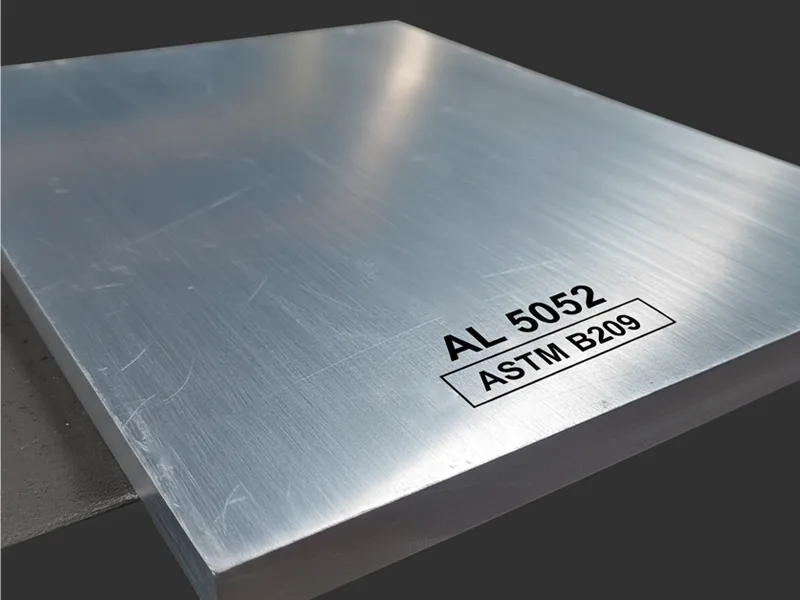Metal fusion plating uses heat and pressure to stick a metal layer onto another material. This makes a strong and protective surface. You can find this process in places that need strong and dependable parts. Car, airplane, and electronics companies use it to help products last longer. The worldwide market for these companies was $18.3 … Read more
Tech Support
Precision in straight turning affects how good each part is. If you pay attention to accuracy, you make parts the same every time. This also helps you make fewer mistakes and get smoother surfaces. Look at the table below to see the benefits: Benefit Description Precision CNC turning machines can be very exact, up to … Read more
When you think about metal injection molding for your project, you notice its good points and bad points. Look at the table below to see the most common pros and cons: Advantages of Metal Injection Molding Disadvantages of Metal Injection Molding Makes lots of complex parts quickly Needs a lot of money to start Creates … Read more
You need to know the main differences between the blanking process, piercing, and punching. This helps you pick the best way to make things. In the blanking process, you cut a piece from a metal sheet, and you keep the piece you cut out as the finished part. Piercing takes out a part of the … Read more
You might ask about the difference between malleability and ductility. Malleability indicates whether you can press or hammer a material into thin sheets without it breaking. On the other hand, ductility refers to the ability to pull a material into a thin wire. Property Simple Definition Malleability Can be pressed into sheets without breaking Ductility … Read more
When you pick steel for your project, plating is important. Nickel, chromium, and zinc each have special uses. Nickel stops rust and makes steel harder. Chromium makes steel shiny and tough. Zinc keeps steel from rusting. Each plating fits different jobs. You might use nickel for machines. You might use chromium for car parts. Electroplating … Read more
You may ask, “Is aluminum magnetic?” The answer is no; aluminum is not magnetic, so magnets do not stick to it. Instead, magnets stick to iron or nickel, but not aluminum. While aluminum is a metal, not all metals behave the same way with magnets. Aluminum exhibits paramagnetic behavior, which means it reacts slightly to … Read more
When you use metal in tools, machines, or buildings, you want it to be strong and reliable. Heat treatment of metals means you heat and cool the metal in a careful way to improve its properties. This process makes metal harder, tougher, or easier to shape. Most heat treatment happens with steel—about 80% of these … Read more
Alloy 5052 is a type of aluminum known for its impressive alloy 5052 properties. You see it in many items around you. It is strong and lightweight, and it does not rust easily. These alloy 5052 properties make it useful for manufacturing a wide range of products today. Many industries utilize it because it performs … Read more
You can see how investment casting changes the design of engine components. Precision is very important in today’s engines. You need very exact engine components for tight fits and tricky shapes. For example, investment casting can make holes with a tolerance of ±0.003 inches. Traditional casting methods have bigger numbers for tolerances. Casting Method Tolerances … Read more

